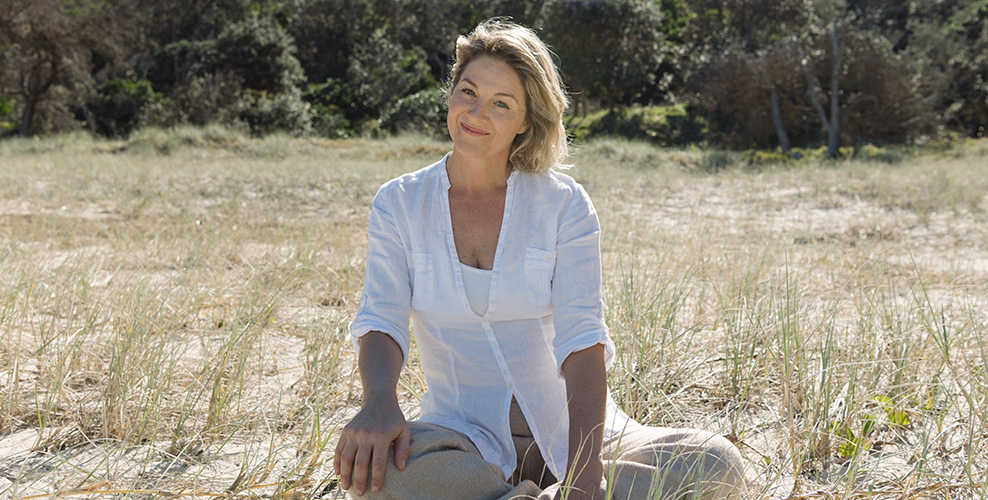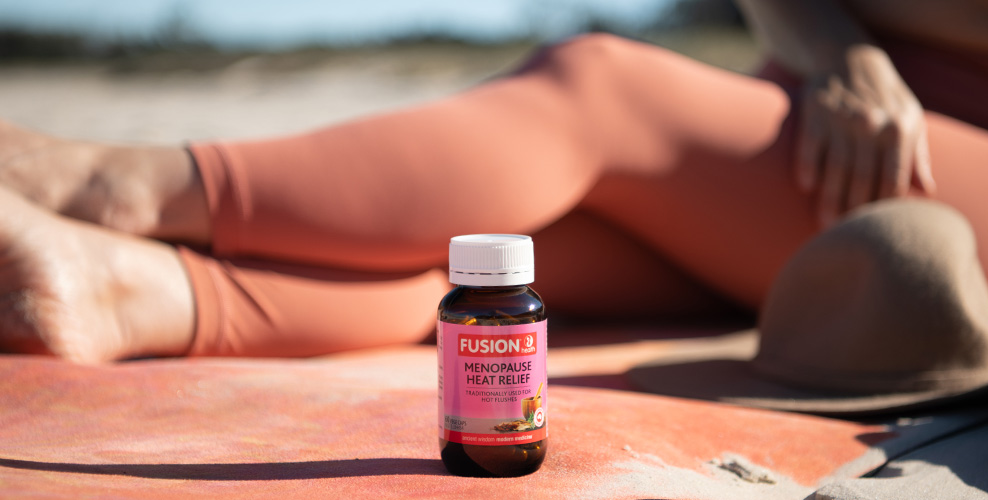Menopause symptoms – the traditional Chinese medicine perspective

Menopause is a time of Yin and Yang imbalance
The concepts of Yin and Yang and the key role that balance and harmony play in health and wellbeing1 is an aspect of TCM that most of us have some awareness of. These days, the familiar Yin-Yang symbol can be seen around the world, featured on everything from t-shirts and surfboards - and even the Fusion Health logo!
In summary, TCM teaches that Yin and Yang are two opposing forces that exist in an ever-changing relationship. One may dominate the other under certain circumstances, but as long as they're continuously returning to balance, optimal health and wellbeing will be maintained.
In TCM, all Yin and Yang in the human body is traditionally believed to arise from the Kidney organ-meridian system, which is also regarded as governing all aspects of reproductive health and function - including the menopausal transition1.
During menopause, it's traditionally understood that Kidney Yin becomes deficient relative to Kidney Yang2.
Yin has cooling and moistening properties, so when Kidney Yin is deficient, symptoms can develop that are characterised by heat (like hot flushes and sweating2) and lack of moisture (like vaginal dryness).
On the other hand, Yang is heating and drying, so as it becomes more dominant or hyperactive in comparison to Kidney Yin, heat-related menopausal symptoms worsen, and the fluids in the body begin to dry up.
In TCM this symptom pattern is known as 'internal heat in Yin deficiency' or 'deficiency heat'1.

Anemarrhena: traditional cooling herb
When the Kidney Yin deficiency pattern described above is present, anemarrhena is traditionally used to relieve hot flushes, night sweats and vaginal dryness in TCM.
It's traditionally regarded as having cooling properties and the ability to moisten dryness, so is traditionally used in TCM to nourish Yin and cool deficiency heat.
Dong quai: traditionally used to relieve menopausal hot flushes
Dong quai is traditionally used to relieve menopausal symptoms, including hot flushes in TCM, and is also traditionally taken as a blood tonic.
Fusion Menopause Heat Relief

You'll find both anemarrhena and dong quai in Fusion Menopause Heat Relief, along with vitex to support women's reproductive hormone health, based on its traditional use in Western herbal medicine. It's available now, online or at your favourite health food store.
Always read the label and follow the directions for use.
References:
- Liu, Z. & Liu, L. (Eds.) (2009) Essentials of Chinese Medicine (vol 1) Springer London.
- Bensky D and Barolet R. Chinese Herbal Medicine Formulas & Strategies. 1990. Easland Press.
















